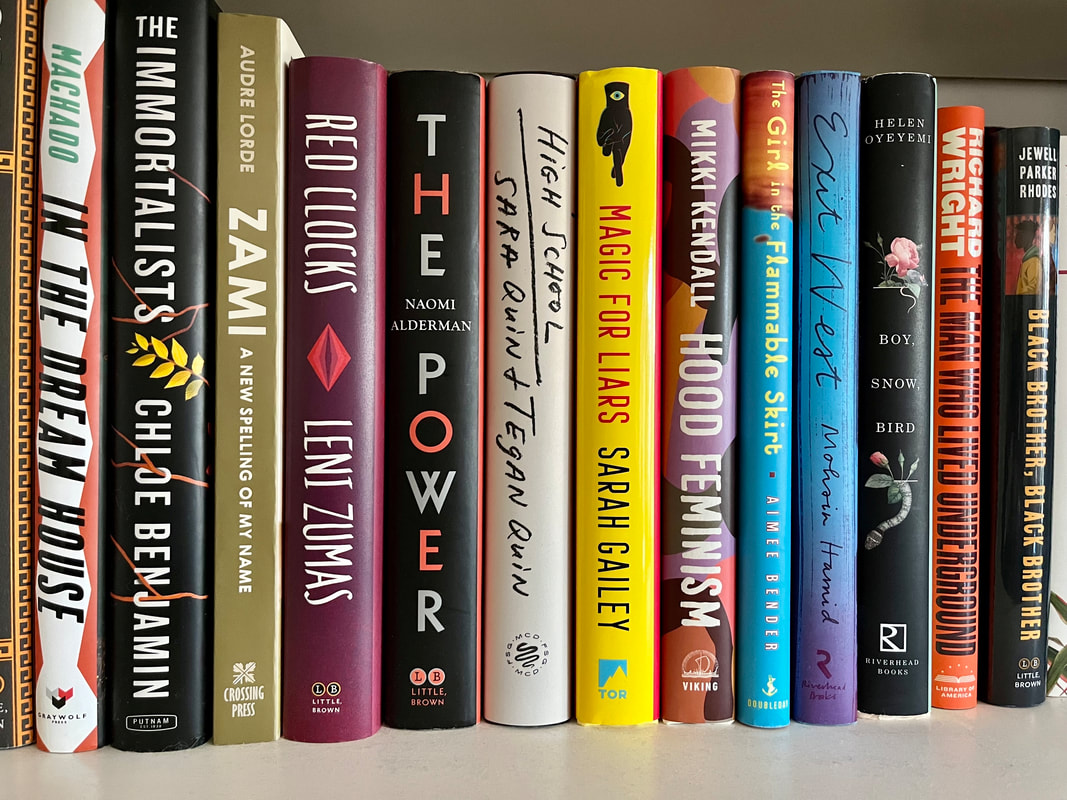|
In the world of metadata, there are no clearly defined, agreed upon terms. Librarians and publishers approach it in their own ways. One side effect of this is an overabundance of categories. Categories that can be mislabeled, come with biased subject headings, or cancel each other out, leading readers down the same path toward bestsellerism. It can also be harmful when titles and author names are misspelled, or books are mislabeled, like giving a book of cocktail recipes a sober and recovery BISAC code, causing it to miss out on its target audience and offend recovering addicts. Best practices are certainly needed to organize metadata in an industry riddled with enough synonyms to rival a thesaurus.
Metadata can have an othering effect when categories don’t reflect people’s own perceptions of themselves, and this has led to librarians creating new categories and updating old ones. Queer theory rejects updating labels in favor of examining what’s wrong about them, but that doesn’t help people seeking LGBTQ content. What of allowing readers more access to managing metadata themselves? It’s already happening on GoodReads with the thousands of listicles readers have created. Listicles are like reader-generated BISAC codes, and can be named using phrases or single words that range in specificity. For example, “Women who love women during the Victorian Era” or “Homelessness.” These listicles can certainly tell publishers what readers are looking for, and how they search for them. Regardless of the politics of labels, they’re still needed. After all, what can’t be named, can’t be found. Taking a closer look at how readers label themselves may be one solution to making metadata more reflective of all communities.
0 Comments
|
Kristen LudwigsenBook publishing professional sharing tales, tips, and tricks of the trade. ArchivesCategories
All
|

 RSS Feed
RSS Feed